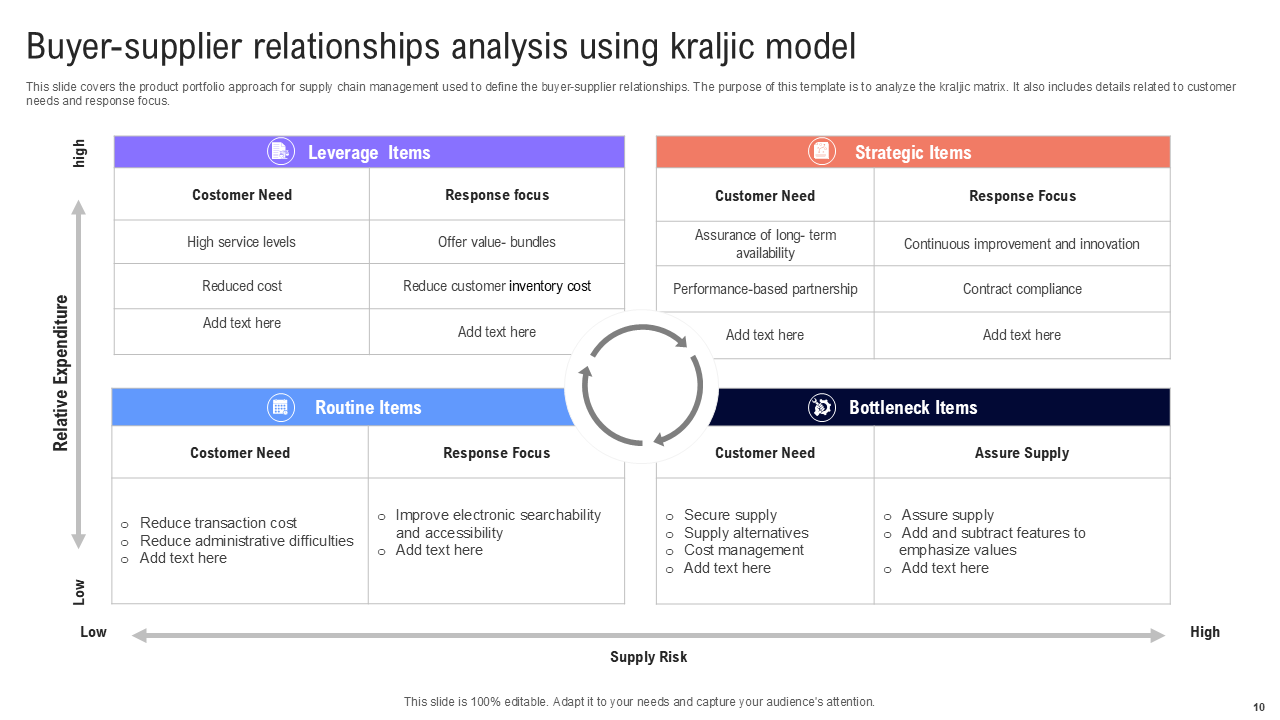From Chaos to Clarity: My Journey with ERP Supplier Relationship Analytics
Hey there, fellow business explorers! Grab a cup of coffee, because I want to tell you a story. It’s a story about a time when our business felt like it was constantly juggling flaming chainsaws – especially when it came to our suppliers. We were growing, which was fantastic, but that growth brought a dizzying array of vendors, contracts, and a mountain of data that felt utterly unmanageable.
If you’ve ever felt like your supplier relationships were a tangled mess, a never-ending game of phone tag, or a series of reactive fire drills, then you’re going to understand exactly where I’m coming from. And more importantly, you’re going to understand the incredible transformation we experienced when we finally embraced something called ERP Supplier Relationship Analytics.
The Old Days: A Blindfolded Walk Through a Minefield
Let me paint a picture of our "before." Our procurement team, bless their hearts, were heroes. They worked tirelessly, but they were armed with… well, mostly spreadsheets, email chains, and a lot of gut feeling.
- Supplier performance? We’d know if a delivery was late after it happened, or if a batch was faulty after it caused production delays. Proactive? Not a chance.
- Negotiating contracts? We’d walk into meetings with historical prices, maybe some industry benchmarks we’d scoured the internet for, but a truly comprehensive view of our actual spend with that supplier across all departments? Forget it. We were often leaving money on the table, simply because we didn’t have the full picture.
- Risk assessment? If a key supplier suddenly faced issues, we’d scramble. We didn’t have a clear, real-time understanding of our dependency on single-source suppliers or the financial health of our critical partners. It was a constant state of anxiety.
- Innovation? We knew some suppliers were better than others, but identifying the truly strategic partners who could bring new ideas or efficiencies to the table was like finding a needle in a haystack.
It was chaotic. It was inefficient. And honestly, it was exhausting. We knew we needed a change, a way to move beyond just managing suppliers to truly partnering with them strategically.
The "Aha!" Moment: Discovering ERP Supplier Relationship Analytics
One day, during a particularly frustrating review of our supply chain bottlenecks, our Head of IT, Sarah, brought up a term that sounded a bit intimidating at first: ERP Supplier Relationship Analytics. She explained that our existing Enterprise Resource Planning (ERP) system, which we used for everything from finance to inventory, held a goldmine of untapped data. This data, if properly analyzed, could totally revolutionize how we interacted with our suppliers.
Think of it like this: your ERP system is already collecting tons of information about every purchase order, every invoice, every delivery, every quality check. ERP Supplier Relationship Analytics is simply the process of taking all that disparate data, pulling it together, making sense of it, and turning it into actionable insights. It’s about moving from raw numbers to clear, understandable stories about your suppliers.
It’s not just about tracking past performance; it’s about predicting future trends, identifying opportunities, and mitigating risks before they become problems. For a beginner like me, who wasn’t deep into data science, Sarah explained it as our ERP system finally getting a voice – a voice that could tell us exactly what was going on with our suppliers, in real-time.
How It Works: Turning Data Into Dialogue
At its core, ERP Supplier Relationship Analytics leverages the data already residing in your ERP system, but it takes it a step further. Here’s how it typically works, in simple terms:
- Data Collection (The Foundation): Your ERP is constantly collecting data: purchase orders (POs), goods receipts, invoice payments, quality inspection results, contract details, lead times, communication logs, and even supplier-specific information like certifications or financial health (if integrated).
- Data Consolidation & Cleansing (Making Sense): All this data, which might be in different formats or from various modules, is pulled together. It’s then "cleaned" to remove duplicates, correct errors, and ensure consistency. This step is crucial – "garbage in, garbage out" definitely applies here!
- Analysis & Modeling (The Magic): This is where the analytics truly shine. Specialized tools (often built right into your ERP or integrated with it) apply algorithms to identify patterns, trends, and anomalies. They can segment suppliers, calculate performance metrics, predict risks, and much more.
- Visualization & Reporting (The Story): The insights generated aren’t just presented as complex spreadsheets. They’re transformed into easy-to-understand dashboards, charts, and reports. Think interactive graphs showing supplier delivery performance, heatmaps of risk exposure, or breakdowns of spend by category. This is where the story truly comes alive for decision-makers.
For someone who used to drown in spreadsheets, these dashboards were a revelation. Suddenly, with a few clicks, I could see our top 10 suppliers by spend, their average delivery time, their quality defect rate, and even their on-time payment history. It was like having a superpower!
The Transformation: Key Benefits I Discovered with ERP Supplier Relationship Analytics
Implementing and truly leveraging ERP Supplier Relationship Analytics wasn’t an overnight fix, but the benefits started appearing surprisingly quickly. Here’s what we discovered, and why I believe it’s a game-changer for any business:
1. Smarter Negotiation and Cost Savings
This was one of the first and most tangible wins. Before, we’d negotiate based on general knowledge. With analytics, we had precision.

